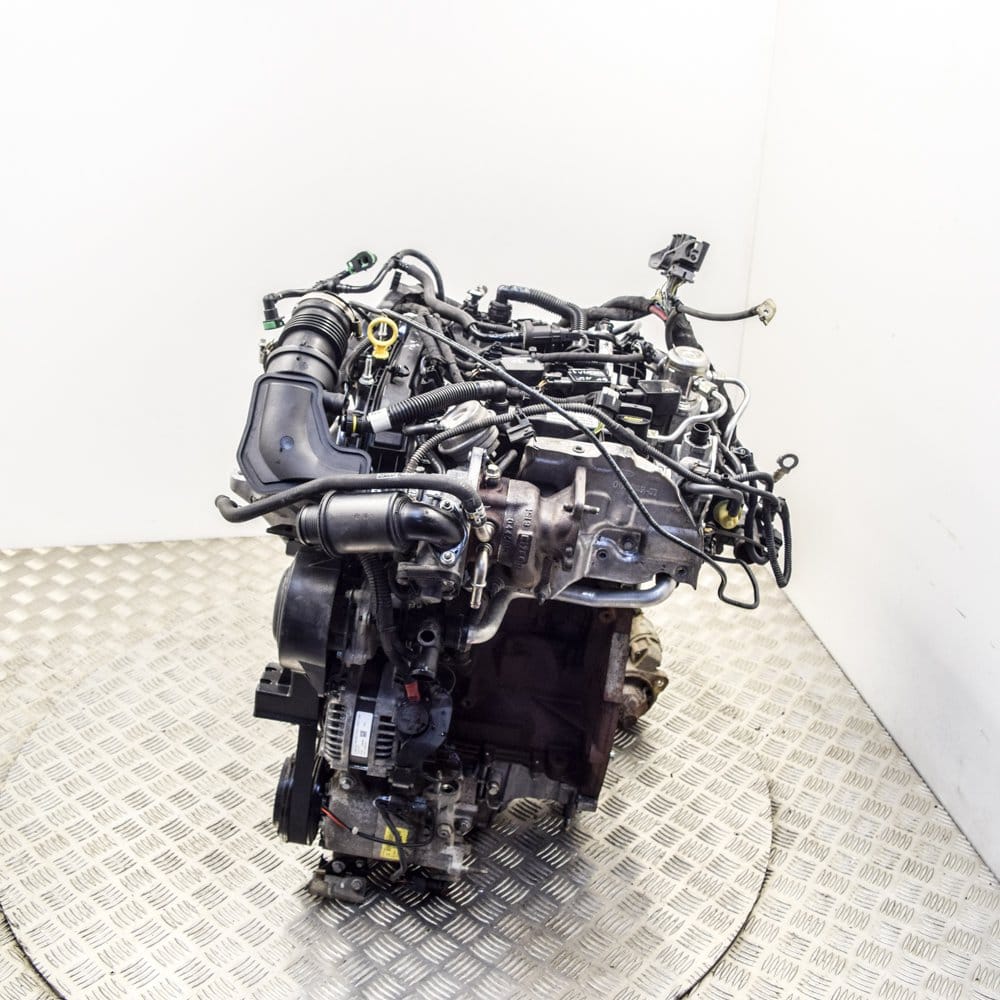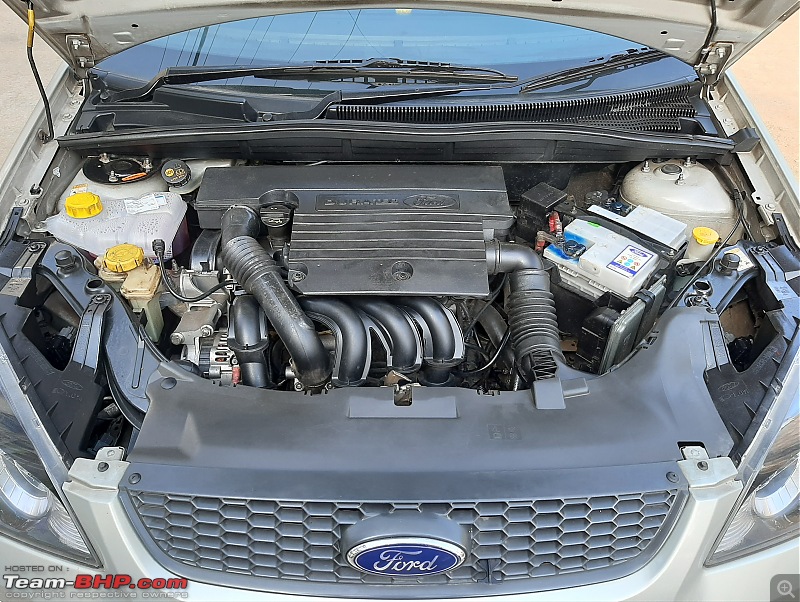Unlocking the Power of Engines: A Comprehensive Guide to Performance and Performance
Comprehending the elaborate auto mechanics of engines is essential for both efficiency lovers and daily motorists. By checking out crucial metrics such as horsepower and torque, one can value how tuning techniques boost efficiency while attending to ecological concerns. Moreover, normal upkeep plays a pivotal role in sustaining ideal efficiency gradually. As the automobile landscape changes in the direction of electrification and advanced modern technologies, the question occurs: how can we effectively adapt to these adjustments while taking full advantage of engine abilities? The solutions might redefine our approach to engine efficiency and effectiveness in means that are both enlightening and important.
Recognizing Engine Basics
What makes up the basic mechanics of an engine? At its core, an engine is a device made to convert gas into mechanical energy with a series of regulated explosions or combustion processes. The primary elements consist of the cyndrical tube, piston, crankshaft, camshaft, and valves. The cyndrical tube functions as the chamber where burning occurs, while the piston moves within the cyndrical tube to transform the energy from burning right into straight activity (ford fiesta engine).
The crankshaft then changes this linear activity into rotational energy, which eventually powers the vehicle. The camshaft manages the opening and closing of the shutoffs, controling the intake of air and fuel and the expulsion of exhaust gases. In addition, the engine depends on a very carefully calibrated fuel-air blend, ignition system, and cooling down system to guarantee optimal efficiency and efficiency.
Comprehending engine fundamentals also entails acknowledging the significance of engine cycles, such as the four-stroke cycle, that includes intake, exhaust, compression, and power strokes. Each stage is important in making certain the engine operates efficiently and effectively. Mastery of these essential mechanics lays the foundation for discovering a lot more complicated engine characteristics and performance metrics, vital for enhancing both power result and performance.
Trick Efficiency Metrics
Secret efficiency metrics are crucial for examining an engine's effectiveness and power output, offering useful understandings for both makers and consumers. These metrics act as standards for engine efficiency, permitting for informed decisions in purchasing, production, and style.
One of the primary metrics is horsepower, which evaluates the engine's capability to do job over time. Torque, determined in pound-feet, is one more crucial statistics that indicates the engine's rotational pressure, straight influencing velocity and towing capacity. Gas effectiveness, typically measured in miles per gallon (MPG) or liters per 100 kilometers (L/100km), assesses just how successfully the engine converts fuel right into movement, affecting operational expenses and ecological factors to consider.
Additionally, thermal efficiency actions just how well an engine transforms gas power into valuable job, revealing insights into power losses primarily through warm. Discharge degrees, including carbon dioxide and NOx, are additionally vital, showing the engine's environmental effect and conformity with regulatory requirements.

Tuning Methods for Effectiveness
Tuning strategies play a substantial function in improving engine effectiveness by maximizing efficiency metrics determined in earlier discussions (ford fiesta engine). Numerous methods exist to tweak an engine, each contributing to enhanced gas economy and decreased discharges
One reliable method is changing the air-fuel ratio, making sure the engine runs within the optimum burning regimen. A leaner combination can improve fuel performance, but it should be balanced to prevent misfires or engine knock. Additionally, reprogramming the engine monitoring system can alter criteria such as ignition timing, which even more enhances performance while keeping power outcome.
Another important technique includes changing the intake and exhaust systems. Upgrading to high-performance air filters and exhaust headers can lower back pressure, promoting far better air movement. This allows the engine to breathe more easily, bring about boosted burning performance.
In addition, the application of sophisticated tuning devices, like dyno testing, gives exact data that enables targeted changes. Routinely keeping track of these efficiency metrics makes certain that adjusting efforts yield the desired performance end results. Jointly, these techniques not just boost engine performance yet likewise add to long-lasting sustainability in engine operations.
Maintenance for Ideal Performance
Routine engine upkeep is vital for achieving optimal performance and durability. A properly useful site maintained engine not only operates efficiently however also reduces the threat of expensive repairs and malfunctions. Key components needing normal attention consist of oil, filters, belts, and ignition system.
Altering the engine oil at advised intervals is important, as oil lubricates relocating parts and avoids getting too hot. Similarly, replacing oil and air filters ensures that impurities do not hinder engine function. Disregarding these parts can lead to reduced efficiency and prospective engine damage.
In addition, examining and replacing used belts and hoses is essential to stop unexpected failings. Timing belts, specifically, must be replaced according to the maker's routine to stay clear of this content devastating engine damages.
Flicker connects ought to likewise be examined and replaced as essential, given that they play a critical duty in ignition and gas performance.
Future Fads in Engine Modern Technology
Welcoming developments in technology, the future of engine design is poised to transform efficiency and efficiency across various applications. Crossbreed and totally electrical powertrains are coming to be increasingly mainstream, offering minimized emissions and boosted gas performance.
Additionally, advancements in products science are resulting in lighter, more powerful components that boost engine efficiency while lowering energy consumption. Advanced manufacturing strategies, such as 3D printing, enable for the creation of complex geometries that boost air flow and thermal monitoring, thus maximizing combustion processes.
In addition, the integration of man-made knowledge and artificial intelligence is set to change engine diagnostics and performance adjusting. These technologies can examine huge quantities of data in real time, enabling anticipating upkeep and tailored efficiency improvements.
Final Thought
In final thought, unlocking the power of engines calls for a detailed understanding of their auto mechanics and performance metrics. Executing reliable adjusting methods and sticking to routine upkeep techniques significantly improve engine abilities.
In addition, the engine depends on a very carefully adjusted fuel-air mix, ignition system, and cooling system to make certain optimal efficiency and efficiency.
Recognizing engine fundamentals additionally entails identifying the significance of engine cycles, such as the four-stroke cycle, which consists of intake, exhaust, compression, and power strokes. Mastery of these fundamental auto mechanics lays the foundation for discovering extra complicated engine characteristics and performance metrics, crucial for maximizing both power output and effectiveness.

Welcoming improvements in technology, the future of engine style is positioned to reinvent performance and effectiveness across various applications.